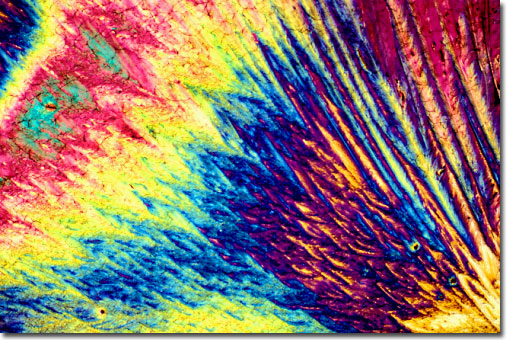|
Theophylline is an antiasthmatic and bronchodilator that is marketed under 50 brand names in both the United States and Canada. This drug and it's close relatives are used to treat bronchial asthma, chronic bronchitis, and emphysema. It is also used in combination therapy of cystic fibrosis, and can help to decrease excessive production of red blood cells in kidney transplant patients. Theophylline works by inhibiting the enzyme phosphodiesterase thus producing an increase in intracellular cyclic AMP, causing a relaxation of muscles in the bronchial tubes and blood vessels of the lungs. Side effects include heartburn, vomiting, hives, and skin rash.
|
